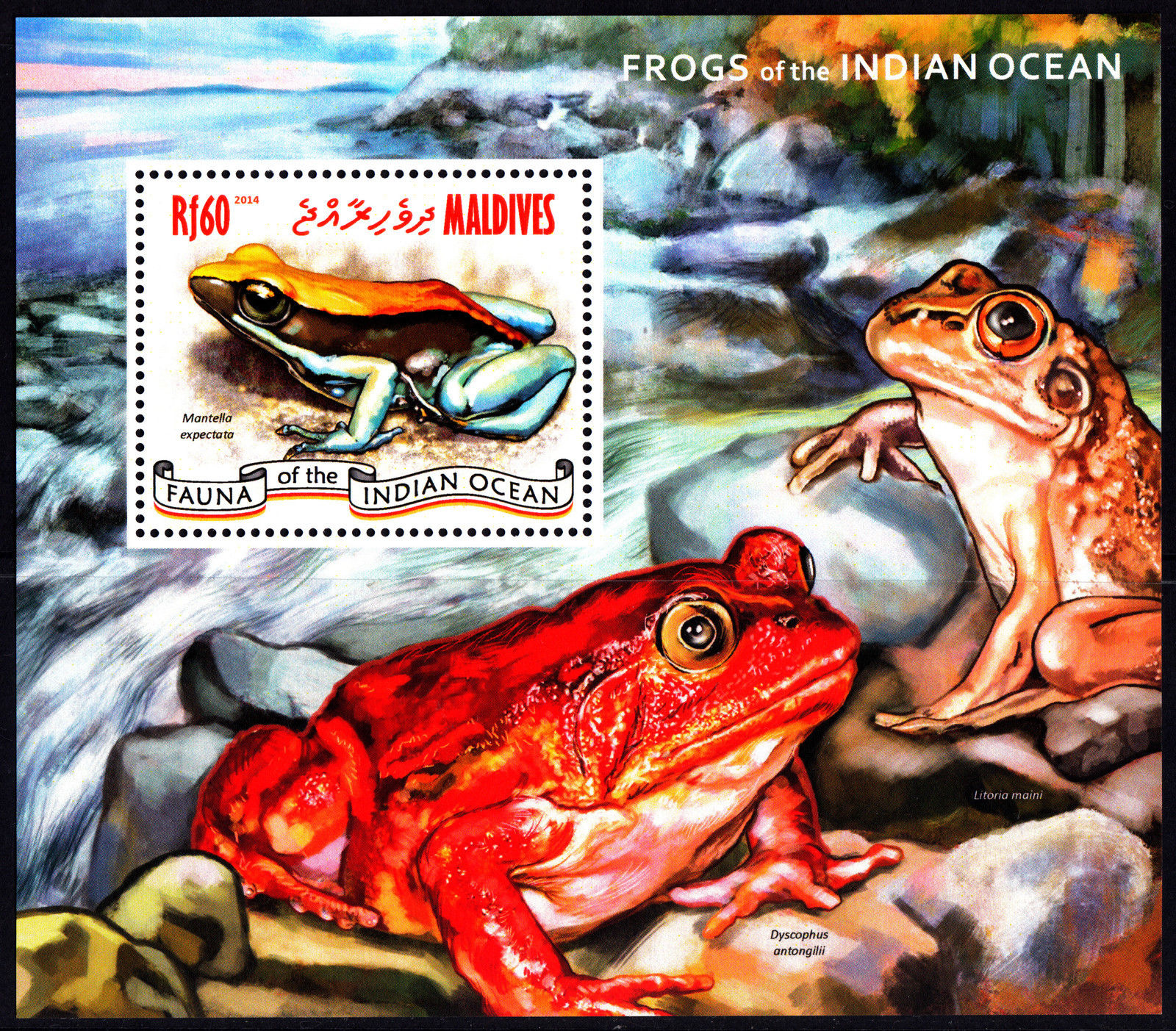We examined the presence of pesticides and nutrients in water and sediment as indicators of habitat quality and assessed the bioaccumulation of pesticides in the tissue of two native amphibian species Pseudacris maculata (chorus frogs) and Lithobates pipiens (leopard frogs) at six wetlands (3 restored and 3 reference) in Iowa, USA. Restored wetlands are positioned on the landscape to receive subsurface tile drainage water while reference wetlands receive water from overland run-off and shallow groundwater sources. Concentrations of the pesticides frequently detected in water and sediment samples were not different between wetland types. The median concentration of atrazine in surface water was 0.2 μg/L. Reproductive abnormalities in leopard frogs have been observed in other studies at these concentrations. Nutrient concentrations were higher in the restored wetlands but lower than concentrations thought lethal to frogs. Complex mixtures of pesticides including up to 8 fungicides, some previously unreported in tissue, were detected with concentrations ranging from 0.08 to 1500 μg/kg wet weight. No significant differences in pesticide concentrations were observed between species, although concentrations tended to be higher in leopard frogs compared to chorus frogs, possibly because of differences in life histories.
Source: Kelly L. Smalling et al. Science of the Total Environment 502 (2015) 80–90

- Login om te reageren
